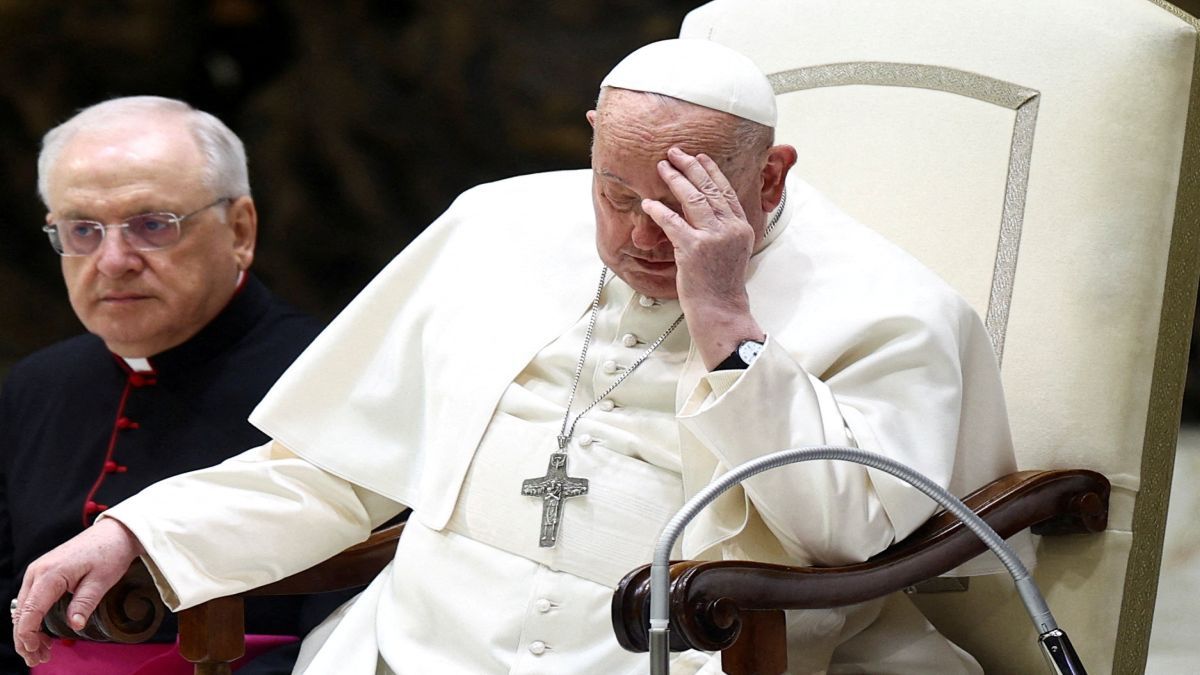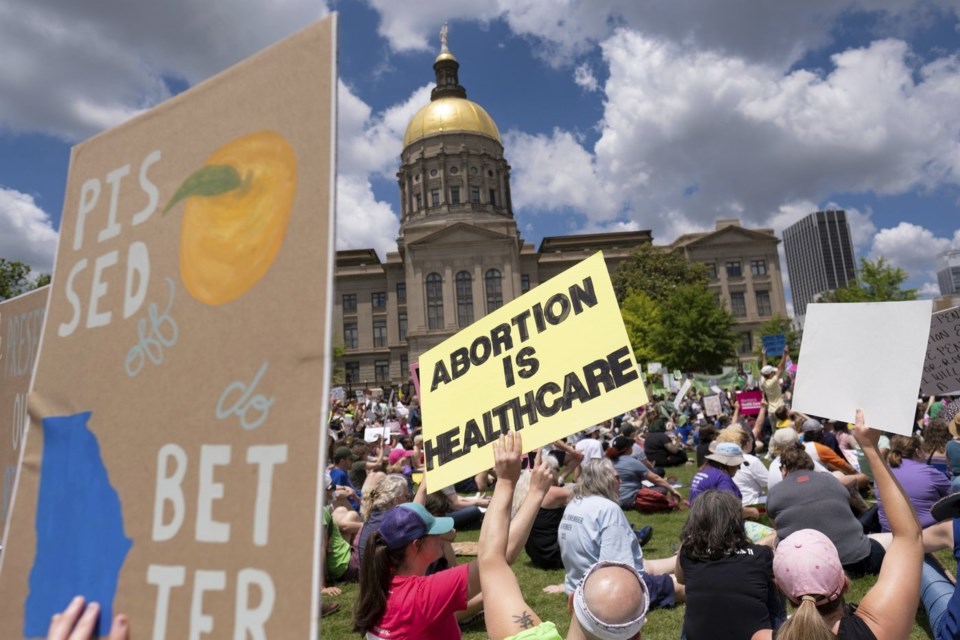
Pope Francis has been in hospital since last week. And his health condition is becoming more complex. The Vatican says he has now developed pneumonia in both lungs.
This comes after Monday’s announcement that Pope was detected with a “polymicrobial infection” of his respiratory tract. The 88-year-old, who is one of the oldest popes in the church’s history, has a history of several lung-related conditions. He has been suffering from a respiratory infection for more than a week and was admitted to Rome’s Gemelli hospital on Friday (February 14).

What are two illnesses the Pope is battling? And how serious are they? We explain. Pope Francis has developed pneumonia in both his lungs, the Vatican said on Tuesday following a CT scan. The tests continue to indicate a “complex picture”.
“The control chest CT scan that the Holy Father underwent this afternoon...
demonstrated the onset of bilateral pneumonia that required further pharmacological therapy,” according to the Vatican. Bilateral or double pneumonia is a serious infection that can inflame and scar both lungs, making breathing more difficult. It can also cause fever and cough with yellow, green or bloody mucus and chills.
The inflammation or fluid in your lungs is caused by a bacterial, viral or fungal infection. Pneumonia can be life-threatening and is more serious in infants or people above 65 years of age. “Even though we can treat pneumonias with antibiotics, pneumonias are also one of the leading causes of death,” Dr Maor Sauler, who specialises in adult pulmonary and critical care medicine at Yale University’s School of Medicine was quoted as saying by CBS News .
“When you’re 88 years old, the age of the pope, then all of a sudden you have risk factors that make the situation tougher than just a routine pneumonia.” On Monday, the Vatican said Pope Francis had a “polymicrobial infection” of his respiratory tract that will require his treatment in hospital to be changed. “The results of the tests carried out in recent days and today have demonstrated a polymicrobial infection of the respiratory tract that has led to a further change in therapy,” the Vatican said in a statement.
This means that there is a mix of bacteria, viruses, fungi or parasites growing in the lungs. Common symptoms include fever, chills, headache and sweating. According to Dr Sauler, such issues are common in older people whose immune systems might be weaker or those who have complex health issues.
“It likely means he has more than one organism in his lungs,” Sauler said, explaining that the pope’s doctors might have to adjust his treatment to make sure the antibiotics attack all the various organisms. The pontiff has been hospitalised for respiratory illnesses before and also had a part of his lung removed when he was 21. This makes him even more vulnerable.
Plus, he has become fragile in recent years. The Pope has been suffering from intense pain and believes he won’t make it this time, two people familiar with the matter were quoted by saying by Politico . He initially resisted going to the hospital but was told in no uncertain terms that he was at risk of dying if he stayed in his room in the Vatican, the second person added.
The Pope’s bronchitis advanced to “polymicrobial infection”. Now double pneumonia has also been detected. Dr Nick Hopkinson, medical director of Asthma + Lung UK, said that most healthy people would likely recover quickly, but in people whose lungs are already damaged, “bacteria can come and colonise the airways .
.. and you start to see infections which makes it more difficult to treat.
” In people with lungs that have been previously compromised, they might need help breathing, including oxygen support or chest physiotherapy to help them clear fluids building up in their lungs. “Bacterial chest infections can be serious in the elderly. Significant pneumonia can take even fit and young people up to four to six weeks to get over,” Dr Tom Oates, a consultant general physician at the Royal London Hospital told Telegraph, UK .
According to Dr Oates, he was likely to receive antibiotic or antiviral treatment and standard supportive measures like oxygen or nebulisers if needed. However, this was before the pneumonia diagnosis. The Pope has been advised “complete bed rest” by doctors.
On Tuesday, Pople Francis awoke after a peaceful night, ate breakfast and read newspapers, according to Vatican spokesperson Matteo Bruni. He received the Eucharist (Holy Communion) in the morning and “alternated rest with prayer and reading texts”. The Vatican said despite the onset of pneumonia in both of his lungs, “Pope Francis is in good spirits.
” “He gives thanks for the closeness he feels at this moment and asks, with a grateful heart, that we continue to pray for him,” the statement said. In the first two days of his hospitalisation, the Pope tried to complete his routine obligations. He had phone conversations with Rev Gabriel Romanelli and his assistant, Father Yusuf Asad, in Gaza City , northern Gaza, reports CNN .
“We heard his voice. It is true, he is more tired,” said Rev Romanelli. “He himself said, ‘I have to take care of myself.
’ But you could hear the clear voice, he listened to us well.” However, on Sunday, he missed the weekly prayer; this is only the second time in his more-than-a-decade-long papacy. With inputs from agencies.















